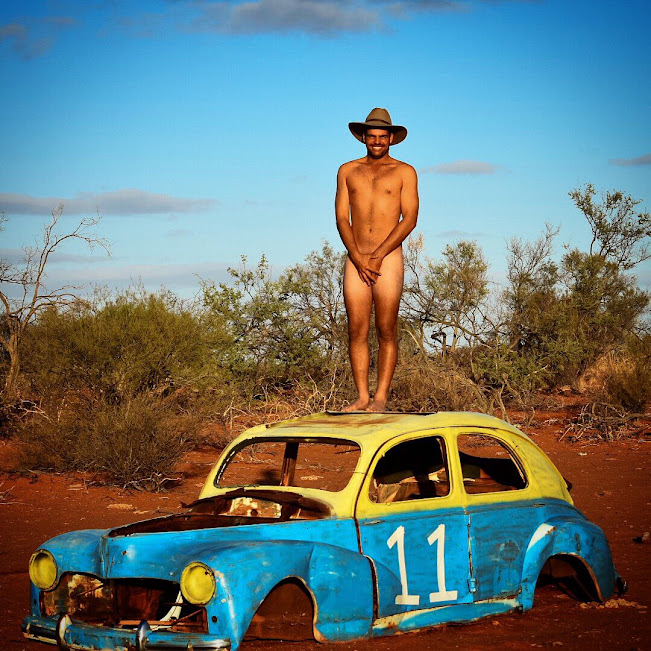Railroad Tracks
Old railroad tracks or railroad beds (where the tracks have disappeared) can be great places to hike. Trains can't go up steep grades, only very gentle ones, so your hike is guaranteed to have no steep hills.
It's easy to determine whether the railroad is still used by trains. If the tracks are rusty on top, like the ones above, then no trains are using the tracks.
If the tracks are shiny, like these ones, then they are still in use.
You can still hike along tracks that are in use, as long as there's room to get out of the way if a train comes through.
Bridges and trestles are more problematic. The tracks above are shiny, which means that the guy above will be in trouble if he's in the middle of the trestle and a train comes along.
This guy is taking no chances.
The same thing applies to tunnels. You don't want to be in the situation where the light at the end of the tunnel is an oncoming train. This tunnel has enough room on the sides to get out of the way, and the tracks don't look shiny, so it's probably safe.
Just take commonsense safety precautions, so this doesn't happen. (Obviously the photo was staged, and he's not really getting run over.)
Then follow the rails, and who knows where they'll take you?












































,%20WA.jpg)





